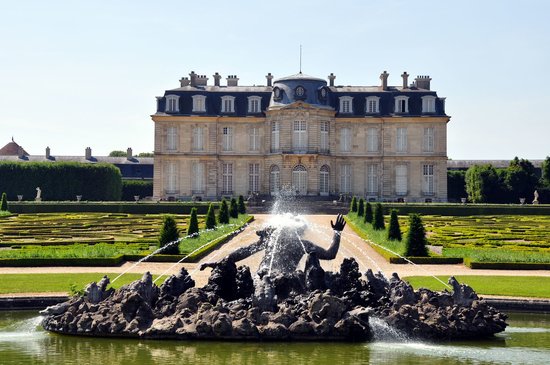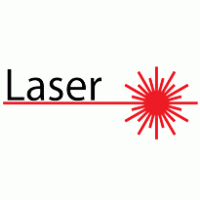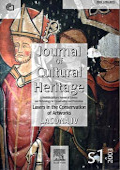11-14 September 2001
Lacona IVParis, France
Conference: Lasers in the Conservation of Artworks

Date
11-14 September 2001
Organizer
Laboratoire de Recherche des Monuments Historiques, Champs sur Marne, France
Chair person
Véronique Vergès-Belmin
Book of Proceedings
LACONA IV : Lasers in the Conservation of Artworks
Editorial Committee
Véronique Vergès-Belmin
Laboratoire de Recherche des Monuments Historiques, Champs sur Marne, France
LACONA IV : Lasers in the Conservation of Artworks:
Paris, France
Editor: Véronique Vergès-Belmin, Journal of Cultural Heritage, Elsevier (2003)
ISSN: 1296-2074
Foreword
This supplement of the Journal of Cultural Heritage hosts the proceedings of the Fourth International Conference on Lasers in the Conservation of Artworks (LACONA IV).
The LACONA field was established in Europe in 1995, although individual investigations and trials on stone cleaning were performed since the early 1970s. The First International Conference, held in Heraklion in October 1995, was organised by the Foundation for Research and Technology, Hellas. Since that time, two other conferences were held in Liverpool (National Museum and Galleries on Merseyside, 1997) and in Florence (Istituto di Elettronica Quantistica and Opificio delle Pietre Dure, 1999). LACONA I proceedings were published in 1997 by the Austrian journal Restauratörenblatter. Elsevier published the proceedings of the LACONA III conference in a special issue of the Journal of Cultural Heritage in 2000.
The Fourth LACONA conference was organised in Paris, 11–14th September 2001, by the French section of ICOMOS (International Council of Monuments and Sites), the Laboratoire de Recherche des Monuments Historiques and the Compagnie des Architectes en Chef des Monuments Historiques. A book of extended abstracts, without any reviewing, was prepared for the conference, and is available at ICOMOS Secretariat, Paris, France. The following proceedings include a selection of talks and posters presented during the conference. This selection was carried out through a reviewing process, performed by a team of experts quoted earlier.
Nowadays, laser cleaning, is fairly well known in the conservation field. Although a growing number of people are interested in using this technology, there is still resistance to accepting laser as a safe tool. Conservators and architects are usually afraid of their short- and long-term effects. Questions like “how does it work?”, “does it burn?” or “does it create cracks?” are often asked.We know as well that some pigments and some marble substrates darken as a result of laser irradiation. Furthermore, soiled limestone or organic substrates may show a yellow aspect after laser cleaning.
Lasers are not only cleaning tools, but are also used for carving, analysis, non-contact moulding, and diagnosis of the state of preservation of artworks. Among others, some remaining questions have to be answered for nondestructive diagnostic techniques: can we rely on all of those techniques, can we compare them with each other, what are their definite field of application? As far as optical spectroscopic techniques like LIF, LIBS, RAMAN, reflectography and multispectral imaging are concerned, there is a basic question on their complementarity for assessing the results of conservation, for analysis and for on-line monitoring capabilities.
Finally, the question of integrating laser technology with traditional conservation methods is still open, and safety/training protocols have to be harmonised.
For the comprehension of the readers, the papers have been divided up into chapters which correspond to the main categories of lasers use in the field of artworks conservation.
Chapters 1 to 3 deal with the cleaning of stones and ivory, glass and metals, and finally of organic materials.
Chapter 4 is also related to cleaning, but for the specific cases in which a removal of surface treatments such as varnishes or epoxy resins is necessary.
We have gathered in chapter 5 the papers related to colour changes due to laser irradiation.
In the 6th chapter of these proceedings, one may find papers devoted to the non-cleaning applications of lasers: analysis first, with contributions on applications of laser induced fluorescence and raman spectroscopy. Remote diagnosis comes next, including papers on laser doppler vibrometry, hyper spectral imaging, online monitoring and holography. The last three contributions are related to sampling, welding and virtual moulding. The proceedings end up with a contribution on laser recording of a wooden Kamakura sculpture of Buddha, written by Stephen Fowles who sadly passed away earlier this year. Stephen worked for six years at the National Museums and Galleries on Merseyside, investigating the applications of laser scanning for accurate recording and replication of artworks. We have lost with Stephen the only LACONA contributor to this important field of activity, and an active participant of our permanent scientific committee.
V. Vergès-Belmin
Get In Touch
1234 sAn Francisco, CA 12345
+1 555 0394 848
info@diviconsulting.com

